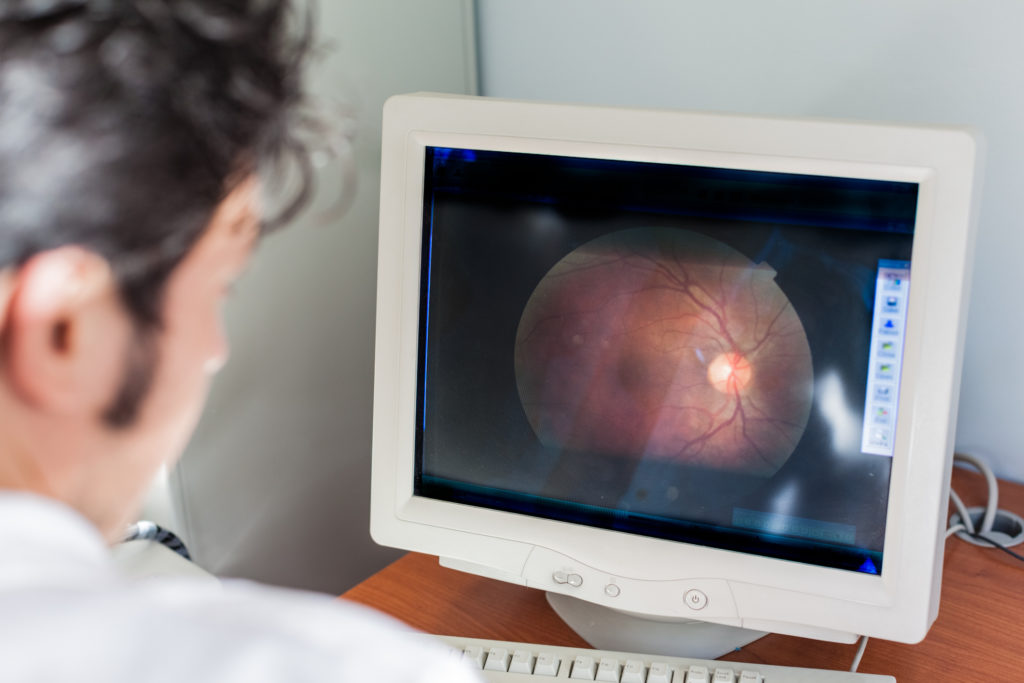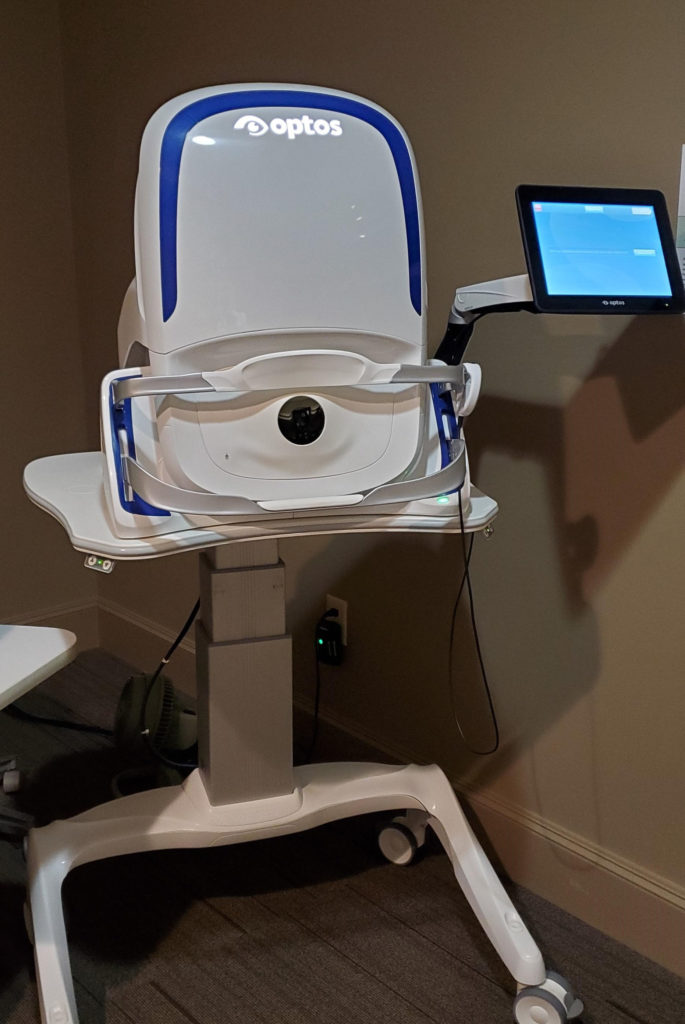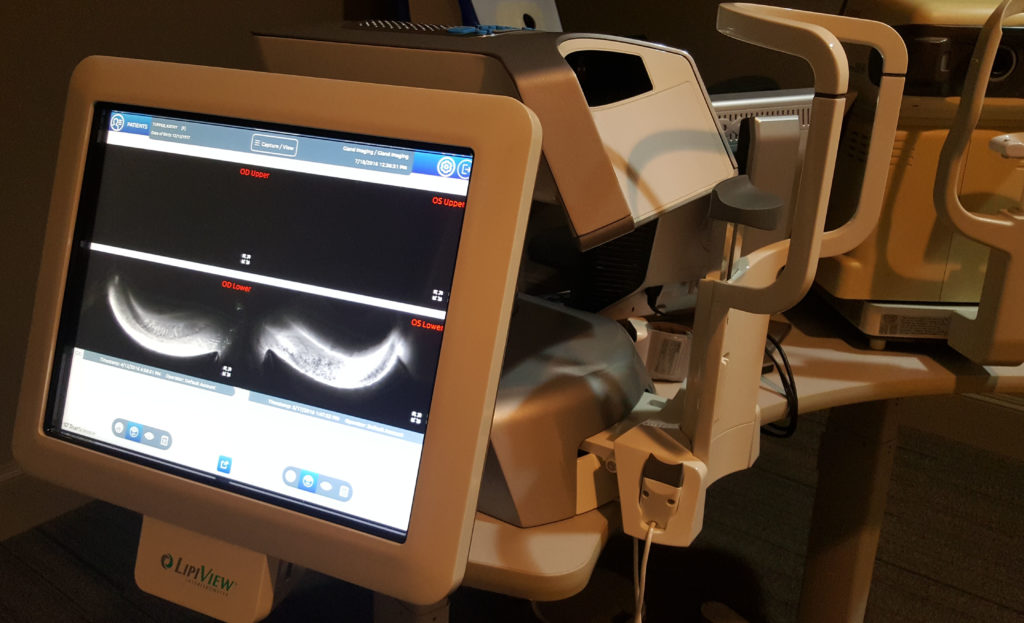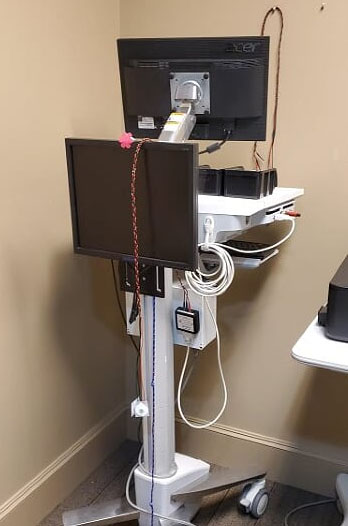By Peter J. Cass, OD

Feb. 12, 2020
Advanced instrumentation can improve patient care while generating impressive revenues for the practice. Over the years, my practice has had great success investing in new technology to better serve our patients and spur practice growth.
When considering adding equipment, I always ask myself three sequential questions:
1. Will it improve patient care? If the answer is no, nothing else matters. If the answer is yes, the second question is:
2. Do I have the patient demographics to support it? If the answer is no, I probably won’t buy it, unless I think I can grow that demographic. If yes, then question 3 is:
3. What will be my likely return on investment (ROI)? I look for a 2x ROI to break even, and anything above that is even better.
I always try to finance equipment, even if I have cash on hand. Equipment loans are usually at such low rates, that it is better to have the cash on hand. I usually look to see which rates and tax implications are better for equipment.
Here are the three instrumentation investments that have provided the most benefits for our patients and brought us the best ROI:
Optos California
 Optos technology was a good fit for my practice because of its potential to aid early diagnosis and monitoring of serious eye disease. I knew we also stood a great chance of breaking even and profiting fast from our investment. The Optos California was the second Optos added to our practice, a newer version of an older model we wanted to replace.
Optos technology was a good fit for my practice because of its potential to aid early diagnosis and monitoring of serious eye disease. I knew we also stood a great chance of breaking even and profiting fast from our investment. The Optos California was the second Optos added to our practice, a newer version of an older model we wanted to replace.
Cost: $80,000 loan on a $1,800 per month note

The Optos California in Dr. Cass’s office. The technology enhances medical eyecare while growing revenues.
Breakeven/profit: I made a profit on it in the first month. When I bought my first one, it probably took us about three months to become profitable.
Most of the profit comes from screenings, although we could pay the note on billing for medically necessary photos alone. For photos we use code: 92250 Fundus photography with interpretation and report.
The screening photos help to increase our efficiency, which affects the profitability of my practice and adds to the net.
LipiView Meibographer/LipiFlow Thermal Pulsation device
 This instrument improves our ability to assess and diagnose dry eye and to expand our treatment options. Meibography is used for follow-up assessments, and the treatments generate positive word-of-mouth, which helps to grow the practice by bringing in new dry-eye patients.
This instrument improves our ability to assess and diagnose dry eye and to expand our treatment options. Meibography is used for follow-up assessments, and the treatments generate positive word-of-mouth, which helps to grow the practice by bringing in new dry-eye patients.
Cost: $60,000 loan (for both instruments), with $1,200 per month payments.
Profit: Most practices that purchase thermal pulsation devices only consider the revenue generated by treatment, but in our case, the Meibographer is used as a screener to generate dry-eye workups which generate significant additional revenue.

The LipiView pre-testing equipment that is helping Dr. Cass build his dry-eye services, along with the LipiFlow system.
We are able to bill medical insurance for the dry-eye workups and charge the patients out-of-pocket for the treatments. This has worked well in our practice. For medical exams we typically bill:
• 92012 Intermediate exam, established patient
• 83861 Microfluidic analysis utilizing an integrated collection and analysis device, tear osmolarity
• 83516 Immunoassay for analyte other than infectious agent antibody or infectious agent antigen; qualitative or semi-quantitative, multiple step method.
Editor’s Note: Analyte is a substance whose chemical constituents are being identified and measured.
Diopsys Nova VEP/ERG
 VEP and ERG provide valuable insight into visual function. It is the only option for objective measurement of visual function. We are able to better asses macular degeneration, glaucoma, diabetic retinopathy, traumatic brain injury and amblyopia, to name just a few conditions we can diagnose and monitor with this instrument.
VEP and ERG provide valuable insight into visual function. It is the only option for objective measurement of visual function. We are able to better asses macular degeneration, glaucoma, diabetic retinopathy, traumatic brain injury and amblyopia, to name just a few conditions we can diagnose and monitor with this instrument.
Cost: $50,000 via a loan with $980 per month payments

The Diopsys Nova VEP/ERG that is helping Dr. Cass test visual function in his patients.
Profit: We made money in the first month because testing with this instrument is covered by medical insurance and has a high reimbursement. We also had pre-scheduled patients that we wanted the data on.
Testing via this instrument has many allowable ICD codes and several CPT codes for reimbursement. The number of allowable ICDs has decreased recently, but it is still profitable. For medical billing we use codes:
• 95930: VEP checkerboard or flash testing, central nervous system except glaucoma, with interpretation and report
• 92273: ERG with interpretation and report; full field
• 92274: ERG with interpretation and report; multifocal
• 0509T: ERG with interpretation and report, pattern
 Peter J. Cass, OD, is the owner of Beaumont Family Eye Care, a Vision Source practice in Beaumont, Texas, and past-president of the Texas Optometric Association. To contact: pcassod@gmail.com
Peter J. Cass, OD, is the owner of Beaumont Family Eye Care, a Vision Source practice in Beaumont, Texas, and past-president of the Texas Optometric Association. To contact: pcassod@gmail.com

























